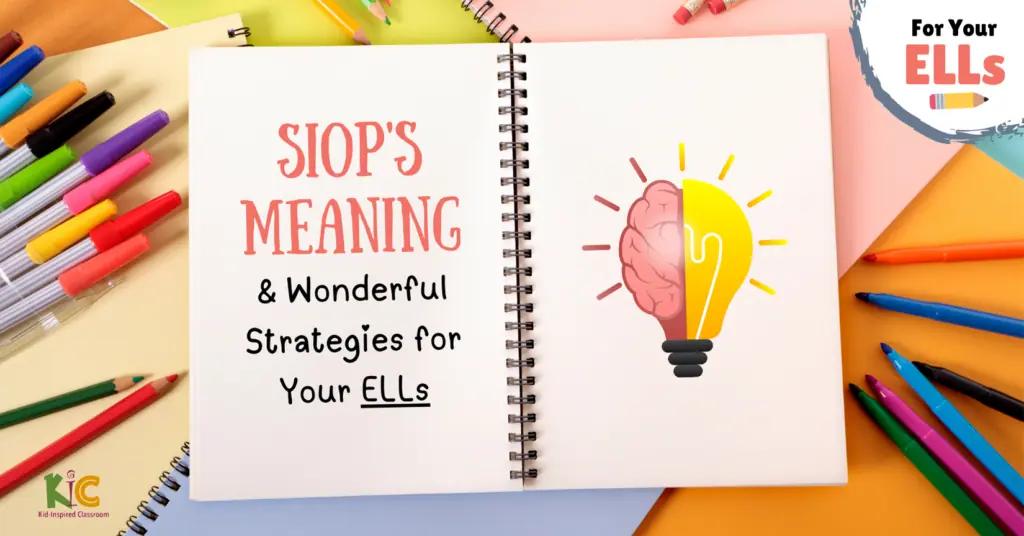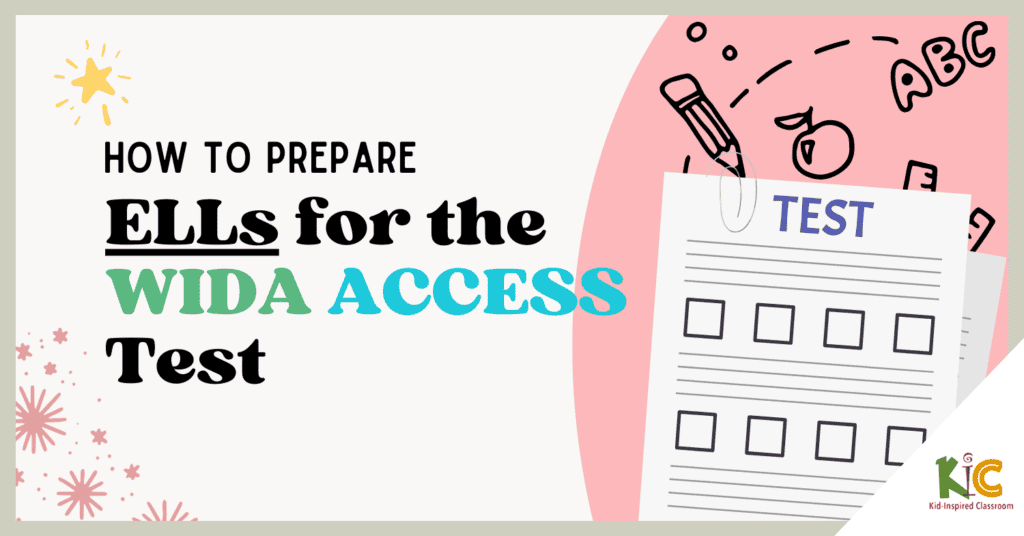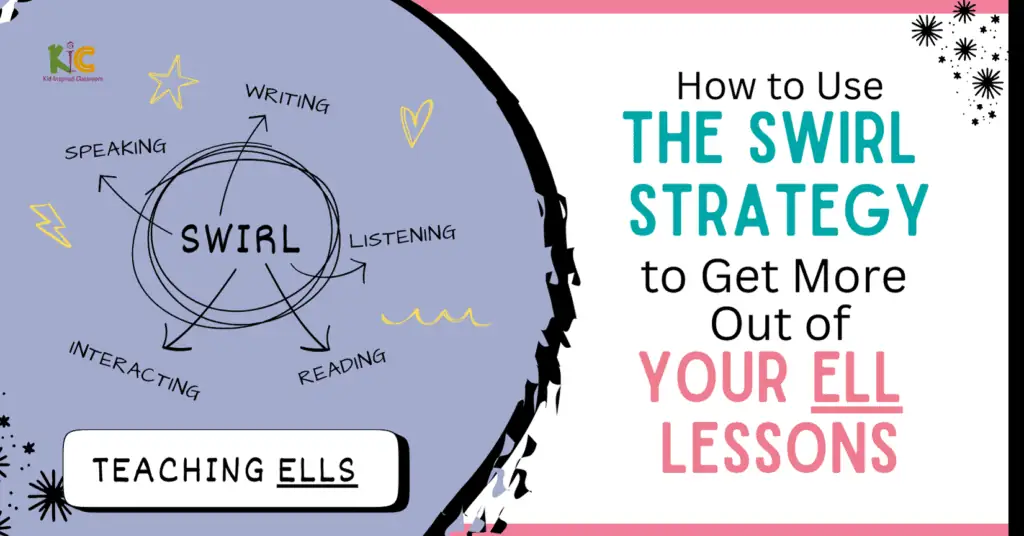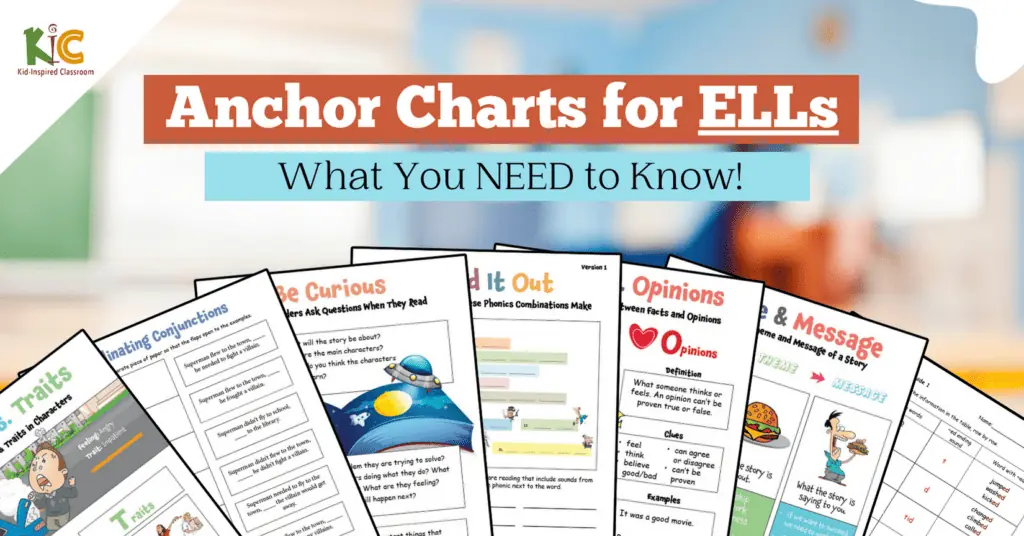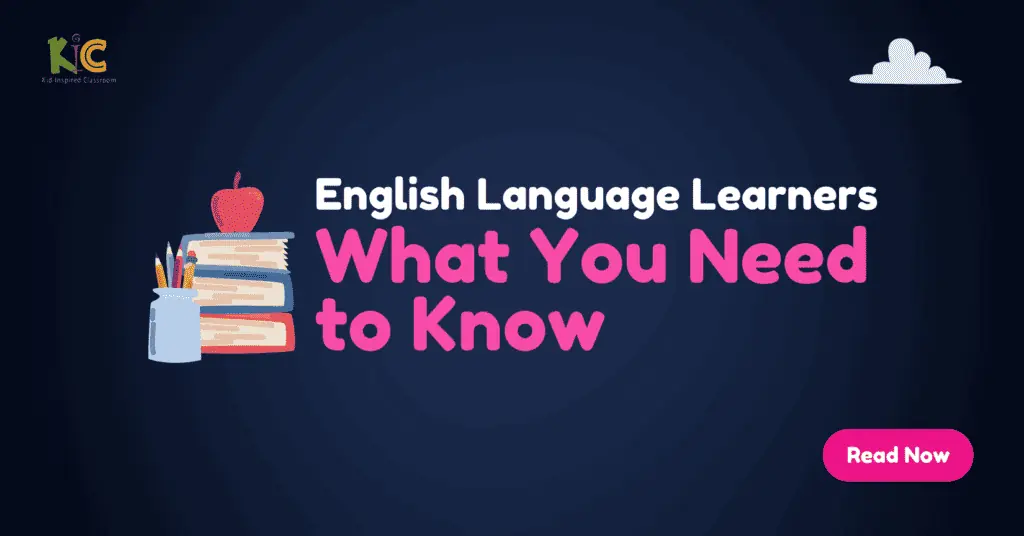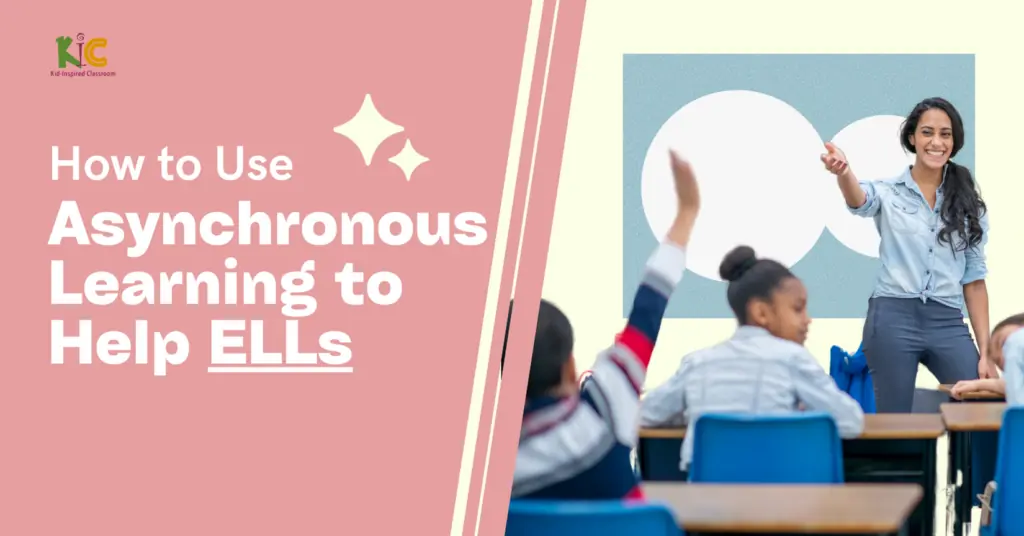
In this article:
- What are synchronous and asynchronous learning?
- What are the benefits of asynchronous learning?
- How do we make asynchronous learning engaging for ELLs?
- What online tools are there for asynchronous learning?
- Course content for asynchronous learning.
Trying to learn how to teach online has been a huge challenge for teachers, especially teachers of English learners.
In this article, you’ll learn
- The difference between synchronous and asynchronous learning
- Strategies for asynchronous learning that will make your classes engaging, efficient and far less stressful!
- Tools that will help make your life a lot easier.
What are Synchronous and Asynchronous Learning?
First…
Synchronous learning is when students are doing the same thing at the same time. Synchronous learning is common in the traditional classroom.
Examples of Synchronous Learning:
- Group calls
- Lectures
- Small groups
Asynchronous learning is when students work through a series of tasks in the order they choose and at their own pace. In an asynchronous learning environment, the teacher assumes a more coach-like role and allows students to work at their own pace and on their own schedules. “Asynchronous Learning uses other tools and systems to allow the instructor and students to interact on their own schedules.”
Examples of Asynchronous Learning:
- Pre-recorded videos or slideshows
- Forums
- Collaborative documents
- Choice Boards
Source: (schoology.com)
What are the benefits of asynchronous learning?
There are a lot of benefits of asynchronous learning.
- Students do not all have to be in the same place at the same time.
- Students can go at their own pace.
- Students are all required to interact individually and cannot over-rely on others.
- Fosters independence, choice, and curiosity.
This is not to say that synchronous learning has no place. I firmly believe the best educational experiences will have both synchronous and asynchronous types of learning.
For instance,
Students can work through a series of tasks on their own and then meet in groups to discuss the results.
A teacher can do a quick walkthrough of a topic and then let the students work through a series of tasks on that topic before meeting up again afterward for conferencing to go over the results.
How do we make asynchronous learning engaging for our ELLs?
- Simplify – Break content up into bite-sized challenges that are action focused.
- Lots of pictures and videos – show as much as you tell. You can record your own videos, take your own pictures or find videos and pictures that are already available.
- Choice – Give students a list of activities and let them choose 2-3.
- Repetition – Have students repeat the same content in different ways with different mediums.
- Gamify – Call it a quest, or a scavenger hunt, or a mystery, or a break-out room. It doesn’t take much more than giving it a fun title and assigning points to activities to gamify almost any lesson plan.
- Focus on speaking first. Then reading. Then writing.
- Connection – This is last but it is probably key to the success of everything else. Give students the chance to make meaningful connections with you, other students and with the material.
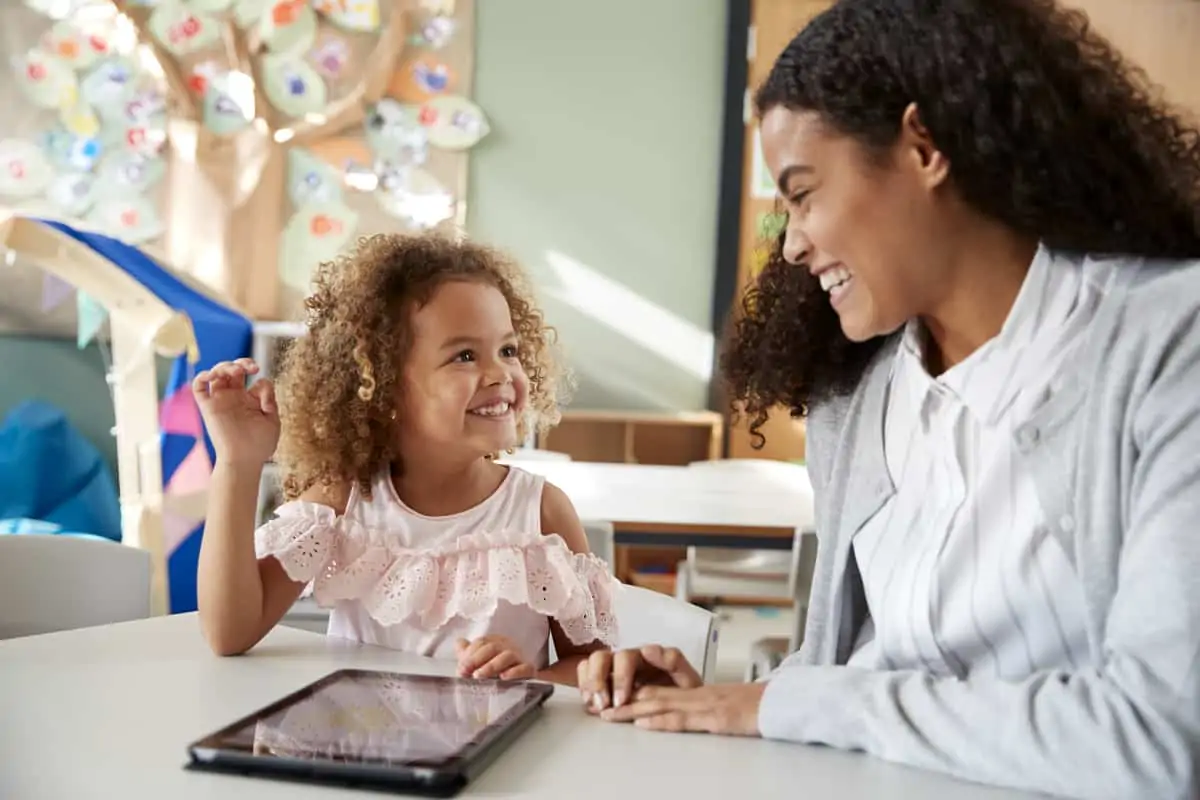
What online tools are there for asynchronous learning?
Whether you are doing asynchronous activities during distance learning or in a classroom setting, there are a bunch of useful tools we can use and there are new ones coming out all of the time. Some of these tools can even provide instant feedback on student responses.
Here are some of the more popular options:
- Seesaw – You can complete assignments assigned in Seesaw by recording audio or video, drawing, labeling, or writing. (The link is for an article I wrote with some ideas about how to use Seesaw.)
- Pear Deck – This is another tool built on Google Sheets. You can create interactive content for your slides including giving formative assessments, inserting interactive question types, adding audio, etc.
- Nearpod – This is a little more complex, but you can make your own interactive videos including virtual reality, simulations, and gamified quizzes.
- Flippity – Turn Google Spreadsheets into interactive flash cards and games.
- Flipgrid – This is like a forum, but with videos. Create a topic and students respond by recording a video.
- Kahoot – This is an article I wrote on Kahoot which has some videos and links for ideas. Carol Salva is the person to go to when it comes to Kahoot.
- JeopardyLabs – Create your own Jeopardy game.
- Quizlet – Very popular tool for creating interactive content beyond just quizzes for students to complete and get immediate feedback.
- Jamboard – Create a board where students can share pictures, text, sticky notes and move everything around easily for a collage like collaboration. This is an article about how to use Jamboard and 10 activity ideas.
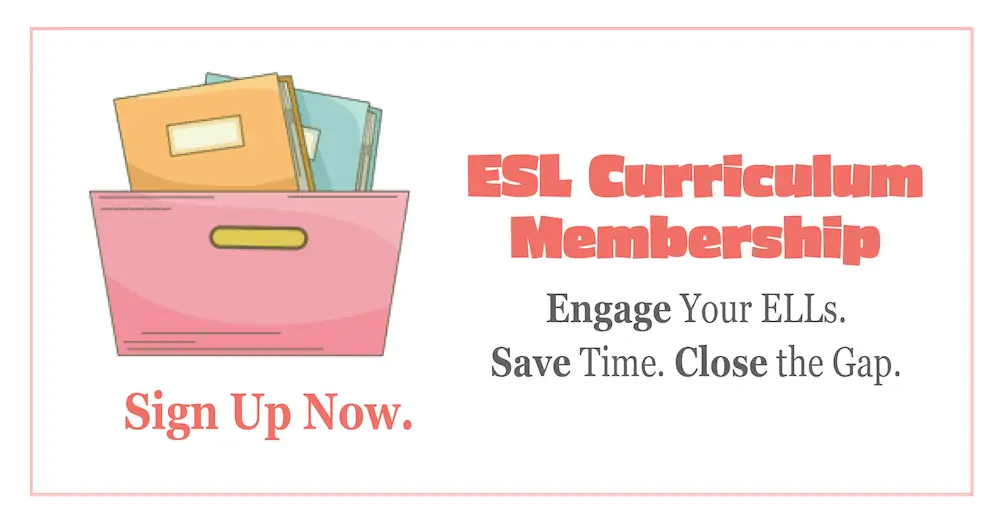
Course Content for Asynchronous Learning
If you need resources to assign online or in the classroom, join the Kid-Inspired ESL Curriculum Membership.
Our materials were built with the goal of making asynchronous learning easy and with powerpoint files being added, distance learning assignments are easier to make than ever.
- The speaking sheets for example provide pictures for students to make sentences about and a built-in challenge to see how many sentences they can make in a minute. You can create a video or audio of example sentences in an app like Flipgrid or Youtube and students can respond with video or audio of themselves making their own sentences about the pictures.
- The discussion pages work perfectly in a forum. You can set up the questions in a group meeting or a pre-recorded video and then, in a forum, students can choose which question they’d like to respond to, using the example sentence starters provided if they need. Then students can respond to each other’s responses inside the forum.
- The Literacy Lessons be used in a variety of ways in a distance learning format (Grab some free lessons here.) . Students can record themselves reading the passages or they can respond to the text using one or more of the included graphic organizers.
There are 1000s of resources inside the membership and 1000s of ways they could be used in combination with the above free tools to create engaging and effective lessons with your ELLs.
